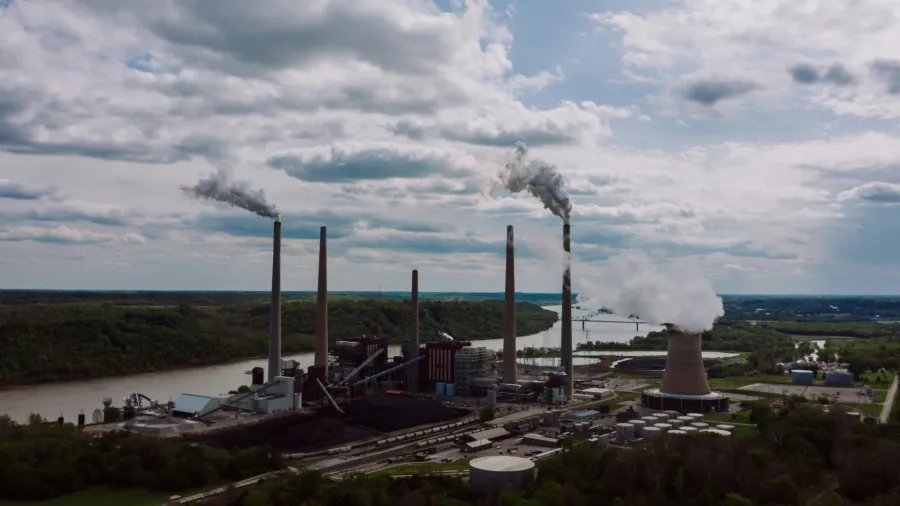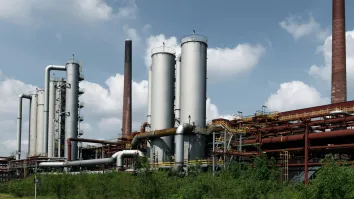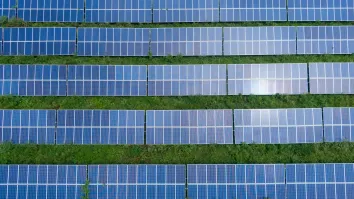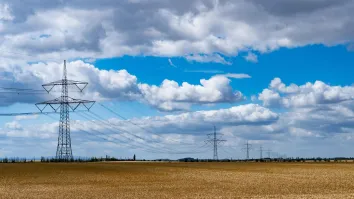
Japanese utility firms into serious business of reselling LNG surplus
Declining local demand for LNG directs Japanese companies to the South and Southeast Asian markets.
JAPANESE utility firms are facing an oversupply of liquefied natural gas (LNG) as demand for the resource declines with the country’s accelerating shift to nuclear and renewables for power generation. Due to the surplus, these utility firms are creating a business, reselling their LNG to other markets.
The country’s LNG imports surged after the 2011 earthquake which resulted in the Fukushima nuclear disaster, peaking at 89 million tonnes in 2014.
However, under Japan’s long-term decarbonisation plan, LNG-fired electricity generation is targeted to decline by 53% by 2030 to 187 terawatt-hours. The LNG demand could fall between 25.7 and 31.6 million tonnes per annum or around a third of 2019 levels, according to the Institute of Energy Economics and Financial Analysis (IEEFA).
As LNG demand is projected to decline, the country’s largest utilities such as JERA, Tokyo Gas, Osaka Gas, and Kansai Electric will have an over-contracted position of around 11 million tonnes per annum over the decade.
“This means that they will have a surplus that they have to find something to do with. Because of declining opportunities domestically, they are looking to resell that LNG to other countries,” Sam Reynolds, Research Lead for LNG/Gas in Asia at IEEFA, told Asian Power.
“A lot of their corporate strategies suggest an outward push rather than looking for domestic opportunities,” he said.
Reynolds said these utility firms are trying to create a new business. For example, they are developing LNG infrastructure in South Asia and Southeast Asian countries such as Bangladesh, the Philippines, and Vietnam.
“They’re trying to cultivate demand by investing in, for example, power plants and city gas distribution companies to develop a market where they can offload their surplus LNG volumes,” he added.
ALSO READ: How Japan plans to accelerate energy, green transformation
Decline in LNG demand
Nuclear energy generation increased by 54% and renewable energy (RE) rose by 7% through November 2023, but LNG imports declined by 8% — higher than the average 3% rate decline over the past decade, according to IEEFA.
In 2022, the country restarted 10 reactors with a total capacity of 9.9 gigawatts (GW), with two more reactors restarting in the summer of 2023, bringing its total nuclear capacity to 11.5 GW by end-2023. This year, nuclear availability could rise to 14 reactors with a total capacity of 13.7 GW and 16 reactors in 2025, it said.
Because of this, LNG demand could decline further by up to 6 million tonnes or 9% of 2023 levels, IEEFA said.
Meanwhile, Japan’s RE growth would further cut LNG demand. Solar capacity rose by over threefold since 2014, whilst wind capacity rose by 60%. In 2023, the two sectors made up 14% of the country’s power requirements, increasing from 1.7% a decade ago.
IEEFA also noted that the country will be launching offshore wind licence tenders which will deploy 10 GW of offshore wind by 2030.
“A third reason is that Japan is facing declining demographic fundamentals. Energy demand and population are expected to decrease over the next decade,” Reynolds said.
“Finally, there’s a restructuring going on in Japan’s gas and power markets. Japan is opening up competition for other suppliers of gas and power and allowing end users to choose their own suppliers. And that’s effectively broken up the monopolies of Japan’s largest utilities,” he said.
Reynolds foresees this would result in the four largest utilities having an LNG oversupply in the next decade.
Addressing LNG surplus
The four utility firms accounted for almost 75% of Japan’s historical activity, with JERA comprising 40% of the total, which includes contracts it took over from its parent firms Tokyo Electric and Chubu Electric. Tokyo Gas, Kansai Electric, and Osaka Gas were responsible for 14%, 9%, and 8%, respectively, of the country’s contracting activity.
JERA, for example, has reduced its gas consumption at a rate of 5.7% since 2017 due to the rise in nuclear generators, new coal capacity and greater efficiency, with the decline rate expected to be at 4.9% this decade.
The company has an over-contracted LNG of 2.2 million tonnes per annum (mtpa) in 2022. The country announced in 2017 aims to be a major global LNG trader. Since then, its LNG sales rose to 6 mtpa in 2023 from 0.6 mtpa.
It also invested in LNG assets abroad to stimulate demand, including LNG-fired power plants, regasification terminals and distribution companies in Bangladesh, Indonesia, the Philippines, Vietnam, Singapore and Thailand.
Tokyo Gas, Japan’s largest city gas utility and second largest LNG buyer, saw its domestic gas sales declining at an average of 4.5% since 2017, with IEEFA expecting the decline rate to accelerate between 5.5% and 6%.
It aims to form a Southeast Asia value chain by investing in assets that will also stimulate demand, which include two 1.5 gigawatts LNG-fired power plants in Vietnam. It also launched an LNG trading unit in September 2020, with its LNG sales increasing by nearly fourfold since 2017.
Meanwhile, Osaka Gas, the second largest city gas utility, saw its gas sales decline at an average annual rate of nearly 4% since 2017, which IEEFA expects to increase to 5% through 2030, as Kansai gas customers switch providers due to market liberalisation.
The company has sold 4.6 mt of LNG in 2023, up from 0.6 mt in 2017, and aims to generate 33% of its profits from its overseas business in 2031. The company focuses in Southeast Asia with investments going to gas distribution and technical services, instead of power generation.
It established a gas distribution business in Vietnam, completed an LNG regasification terminal in the Philippines, and invested in Atlantic Gulf & Pacific in 2019.
Kansai Electric’s gas demand has declined 37% since 2017 since the restart of seven nuclear reactors with a 6.3 GW capacity.
It has since gained its foothold in Southeast Asia with its Overseas Energy Business segment participating in power generation from 22 projects in 11 countries which include gas-fired projects in Singapore, Indonesia, and Taiwan. It also has a coal project in Indonesia and a distribution firm in the Philippines.
Kansai’s current pipeline, meanwhile, is focused outside Asia, particularly on the Atlantic LNG market.
Data from the Japan Oil, Gas and Metals National Corporation showed that Japanese companies’ LNG sales to third countries increased to 38 million tonnes (mt) in financial year (FY) 2021 from 14.97 mt in FY2018.
Competition
Whilst this is a move to address LNG surplus woes, Reynolds said Japanese utility firms may face a clear risk, as supply is coming in from the rest of the world, facing direct competition in the market.
IEEFA said several capacities are already under construction, particularly in Qatar and the United States, and are expected to start operations starting in 2025.
“It means that LNG markets are headed very clearly for an oversupply. That means prices could eventually fall in Asia. If you’re a Japanese utility looking to resell your LNG, your profit could be much lower because of that lower price,” Reynolds said.
“They may not make back their margin on the LNG that they’re trying to resell. So there’s a real financial risk with this shift in strategy right from providing the domestic market to an increase in LNG trading and developing opportunities abroad,” he added.



















 Advertise
Advertise






